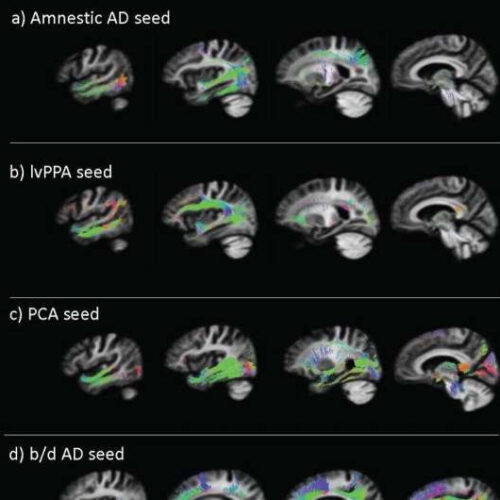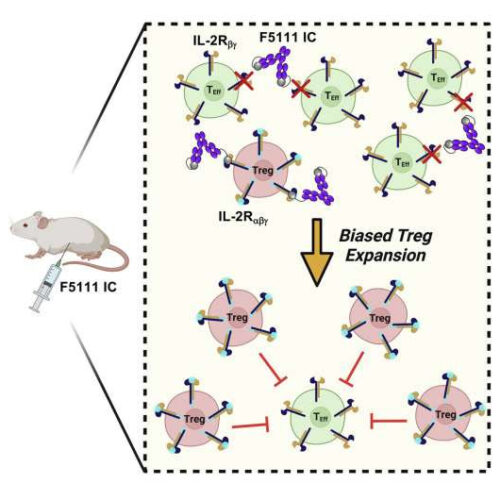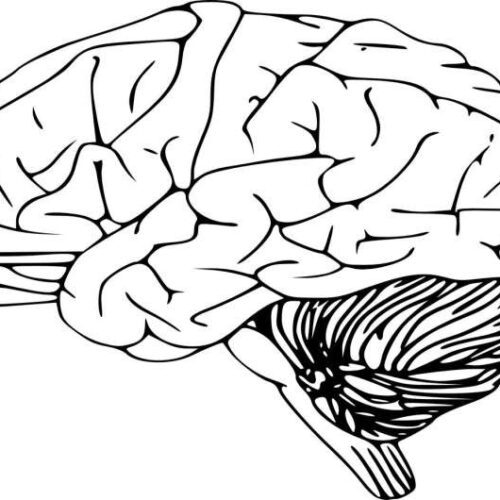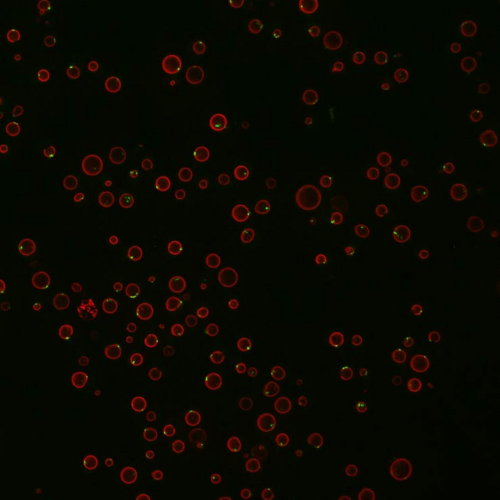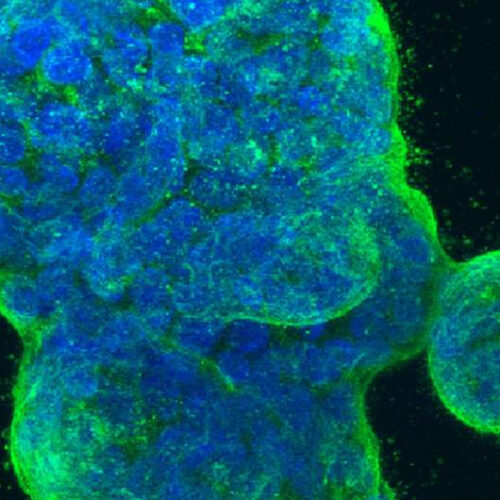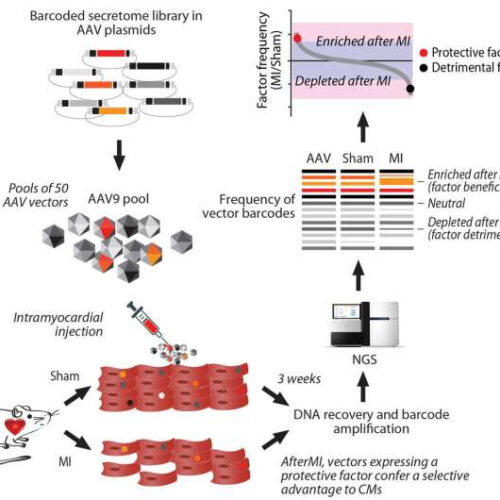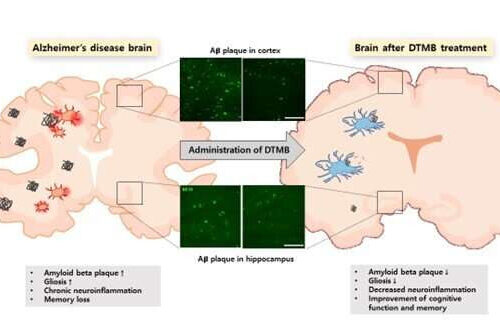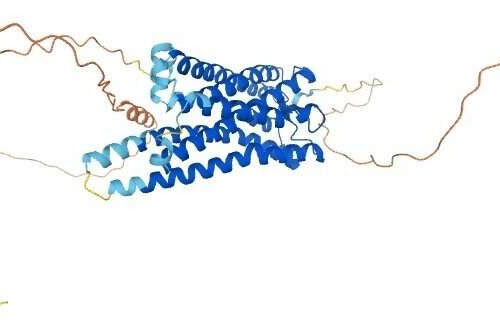by Delthia Ricks, Medical Xpress Identification of specific anatomical tracts using tau-PET seeds from each clinical group. Credit: J. Therriault, et al., Science Translational Medicine (2022) New imaging of patients with Alzheimer’s demonstrates how a telltale protein spreads throughout the brain based on the phenotype of the disease, i.e., whether the condition is dominated by forgetfulness, or...
Tag: <span>Protein</span>
Unlocking the mysteries of tauopathies: A protein that gives hope
by University of Montreal Numb is essential for long-term survival of RGCs. (A to L) Single-plane confocal images of retinal flat mounts stained for Brn3b from 5- (A to D), 8- (E to H), and 20-month-old (I to L) WT, Nbl KO, Numb+/−; Nbl KO, and cDKO mice, as indicated. Images were taken in the...
Newly created protein provides a step toward preventing autoimmune disorders
by Jonathan Deutschman, Johns Hopkins University Graphical abstract. Credit: Cell Reports (2022). DOI: 10.1016/j.celrep.2022.111478 Autoimmune diseases such as rheumatoid arthritis and multiple sclerosis happen when the immune system is inadvertently activated, mistakenly attacking the body’s tissues and organs. Though it is known that genetics play a role in the development of these disorders, prevention and treatment approaches...
Rapid delivery: Injected protein flips a switch in the brain, disappears
by Olga Kuchment, Texas A&M University Credit: Pixabay/CC0 Public Domain Many diseases have at their origin a protein that does not function properly. Now, a multidisciplinary research team with Texas A&M AgriLife and Texas A&M University has found a way to deliver a protein quickly, effectively and briefly to the brain, with therapeutic and scientific implications....
Newly discovered protein could be used to produce life-saving antifungals
UNIVERSITY OF ARIZONA IMAGE: YEAST WITH A RED FLUORESCENT PROTEIN MARKING THE VACUOLE – THE NUTRIENT STORAGE COMPARTMENT OF THE CELL – AND A GREEN FLUORESCENT PROTEIN MARKING AGGREGATES OF TORC1 THAT FORM IN CELLS MISSING AIT1. CREDIT: ANDREW CAPALDI AND TEAM Like bacteria, yeasts are found everywhere, even in and around our bodies. And,...
Keeping aggressive cancer cells in check by blocking a protein responsible for repairs
by Catarina Pietschmann, Max Delbrück Center for Molecular Medicine Three-dimensional culture of human breast cancer cells, with DNA stained blue and a protein in the cell surface membrane stained green. Credit: NCI Center for Cancer Research, National Cancer Institute, National Institutes of Health Every cell has two mechanisms for repairing DNA single- or double-strand breaks, which...
Newly discovered protein connected to Alzheimer’s disease risk
by University of Southern California Credit: Pixabay/CC0 Public Domain A mutation in a newly discovered small protein is connected to a significant increase in the risk for Alzheimer’s disease, expanding the known gene targets for the disease and presenting a new potential avenue for treatment, according to a new USC study. The protein, called SHMOOSE,...
Researchers identify three proteins which have the potential to prevent heart failure after heart attack
by King’s College London Illustration of the cardiac FunSel screening system. The system generates a pool of AAV9 vectors to inject into mice and transduce heart cells, which are sequenced to identify protective factors. Credit: G. Ruozi, et al., Science Translational Medicine (2022) Scientists working to develop new therapies and treatments for heart failure patients have discovered...
Can the protein that defeats metabolic diseases conquer dementia?
by Pohang University of Science & Technology (POSTECH) Changes in the amount of amyloid-β aggregates in brain tissue following the administration of DTMB drug. Credit: POSTECH Alzheimer’s disease is a representative neurodegenerative disease showing up at an increasing rate in an aging society. Sufferers of this disease are not only portrayed in media, but can...
Protein that detects light may play a role in the origin and progression of melanoma, study suggests
by Julia Moióli, FAPESP Researchers at the University of São Paulo showed, through experiments on animals and genetically modified cells, that this type of cancer advances more slowly when the light-sensitive molecule known as melanopsin is deactivated. The discovery could point to novel therapeutic strategies. Credit: Wikimedia Commons Melanopsin (OPN4) is a light-sensing protein found in...

